I am sure you all must have heard about the March sisters who inspired us in “Little Women”. The Trung Sisters who are known as the national heroines of Vietnam. The Travancore sisters who ruled the cinema industry. The Bronte sisters who captured our hearts with their words. The Andrews Sisters ruled the music industry with their classic hits. The world can never forget these sisters, right? Also, have you ever heard about the Seven Sisters of India? Of course, most of you would have heard about the Seven Sisters of India.
Northeast India is known for its breathtaking beauty with its amazing places to visit and it consists of seven states known as the Seven Sisters of India. The moment you see them, you won’t find enough superlatives to describe these seven stunning beauties. If you haven’t explored them, its time to virtually take a tour by reading to know more about them.
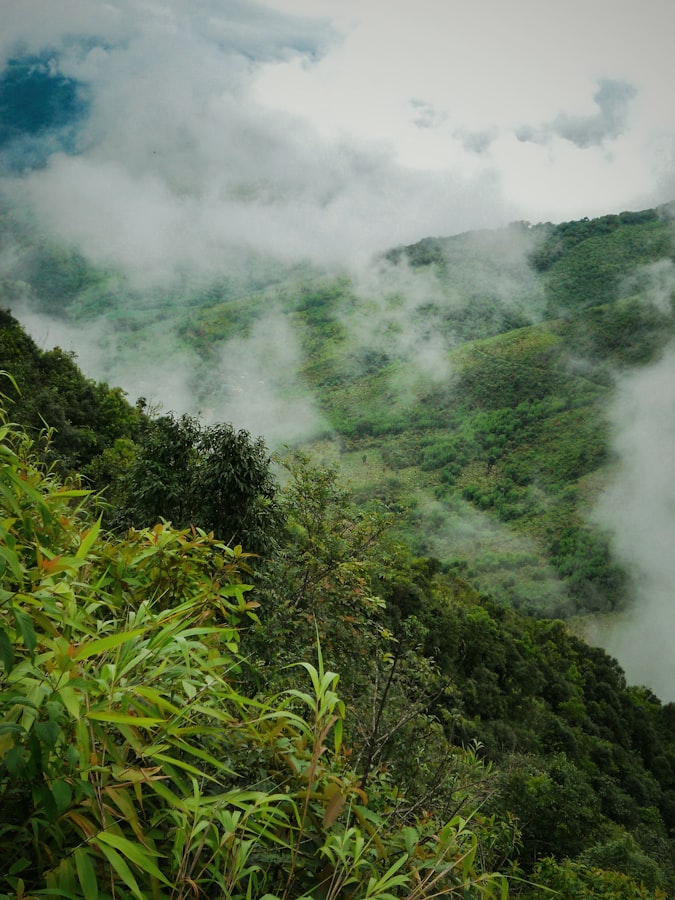
Unsure about the names of the Seven Sisters? Meghalaya, Arunachal Pradesh, Nagaland, Tripura, Assam, Manipur, and Mizoram. Also, you won’t forget them once you get to know about these beauties. You can have a perfect vacation with your family, friends, loved ones or enjoy a solo vacation. As said before, get ready to virtually tour with me to know what makes these sisters special.
Seven Sisters of India – A quick history
Lets quickly get into some history. The Northeastern States are known as the Seven Sisters of India as they are interdependent on one another. All the seven states are connected to India by the Siliguri Corridor. After India became independent in the year 1947, the Northeastern region consisted of Assam, Manipur and Tripura. In addition, the other states were formed from the larger region of Assam. It got its name by journalist Jyoti Prakash Salkia in 1972 during the inaugural foundation of the Northeast states of India.
Festivals celebrated in The Seven Sisters of India
People love the Seven Sisters of India for its ethnic groups, religions, festivals, and fabulous landscapes. Also, tourists especially visit these states during the festival time to witness the culture and learn more about the beautiful festivals. Let’s get our festival mode on for some vibes.
1. Ashokastami Festival – Tripura
The Ashokastami Festival is one of the most popular festivals celebrated in Tripura. In addition, this festival is generally celebrated in March and April. People celebrate this festival with immense glory and enthusiasm. Local people worship their gods and goddesses and take a holy dip in the Ashtami Kunda river. It is also believed that during the Ashok Ashtami is when Lord Rama performed the rituals and attacked Ravana. So, it is believed that this festival will destroy evil and bring light to life. Also, worshipping Shakthi, Orissa Rath Yatra and Religious fairs are some of the major attractions of the festival.
2. Bihu – Assam

Bihu is one of the iconic festivals of Assam. The Bihu marks the harvest festival and interestingly celebrated three times a year. Magh Bihu celebrated in January, Rongali Bihu in April and Kati Bihu in October. Also, you will find this festival very colourful with women wearing the traditional attire Mekhela Chador and celebrating the festival with dance, beats and songs. That’s amazing, right? You can also witness this beautiful harvesting festival at any of the above mentioned months.
3. Moatsu Festival – Nagaland
The Moatsu Festival is one of the fascinating festivals celebrated in India. Moatsu festival is celebrated by the Ao Naga tribes for about six days starting in the month of May. The major reason to celebrate this festival is to invoke God’s blessings and this festival brings an end to the sowing season and is a period of relaxation. This festival is definitely a delight to watch and brings happiness among people.
4. Ziro Music Festival – Arunachal Pradesh
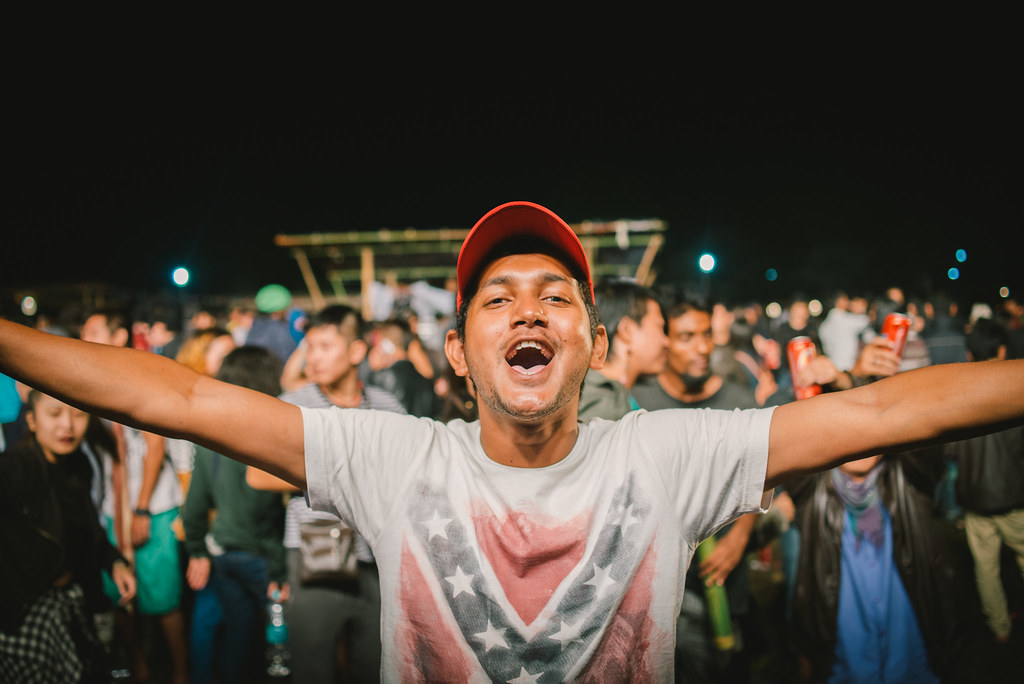
Want to hear some music? Also, want to scream your heart out? The Ziro Music Festival is one of the most loved festivals in Arunachal Pradesh and will be the perfect music festival for you to spend on your vacation. This is a four-day music carnival celebrated in the Ziro region of Arunachal Pradesh. Also, you will find multiple musicians all across the world performing at the Ziro Music Festival.
5. Ka Pomblang Nongkrem – Meghalaya

Meghalaya is loved for its festivals and Ka Pomblang Nongkrem is one of the liveliest festivals you can find in Meghalaya. This festival occurs in the month of November. The native tribes of Meghalaya show immense respect to the Goddesses Ka Blei Synshar for a flourishing harvest. This festival is celebrated for five days with traditional dance and music which is a delight to watch.
6. Chapchar Kut – Mizoram
This festival in Mizoram is a week-long celebration. This annual festival celebrates the arrival of spring and is one of the oldest and most grandly celebrated traditions of Mizoram.
7. Cheiraoba – Manipur
It is one of the major festivals of the Seven Sisters of India and takes place in the month of April at Manipur. This festival is a perfect showcase of their age-old traditions and culture. During this festival, the local people clean their houses, wear new clothes and provide sweets.
7 Must-Visit Places in Seven Sisters of India
Here we bring you the top seven places you should be visiting in Seven Sisters of India. Well, have a read and find your favourite places in the Seven Sisters of India.
1. Kaziranga National Forest – Assam

Assam is the largest among the Seven Sisters of India and is popular for its tea and silk. Also, it takes pride in conserving the One-Horned Rhinoceros which is near extinction. Home to one-horned rhinos, Kaziranga National Park is one of the most popular places to visit in Seven Sisters of India. Also, Kaziranga is a declared World Heritage Site surrounded by aromatic lush green tea gardens. You can also take a jeep safari in the forest and spot some elephants, birds, rhinos and tigers. Wildlife lovers, you definitely can’t miss this beautiful place in Assam. Also, the best time to visit this place is between the months of November and April.
2. Kohima – Nagaland
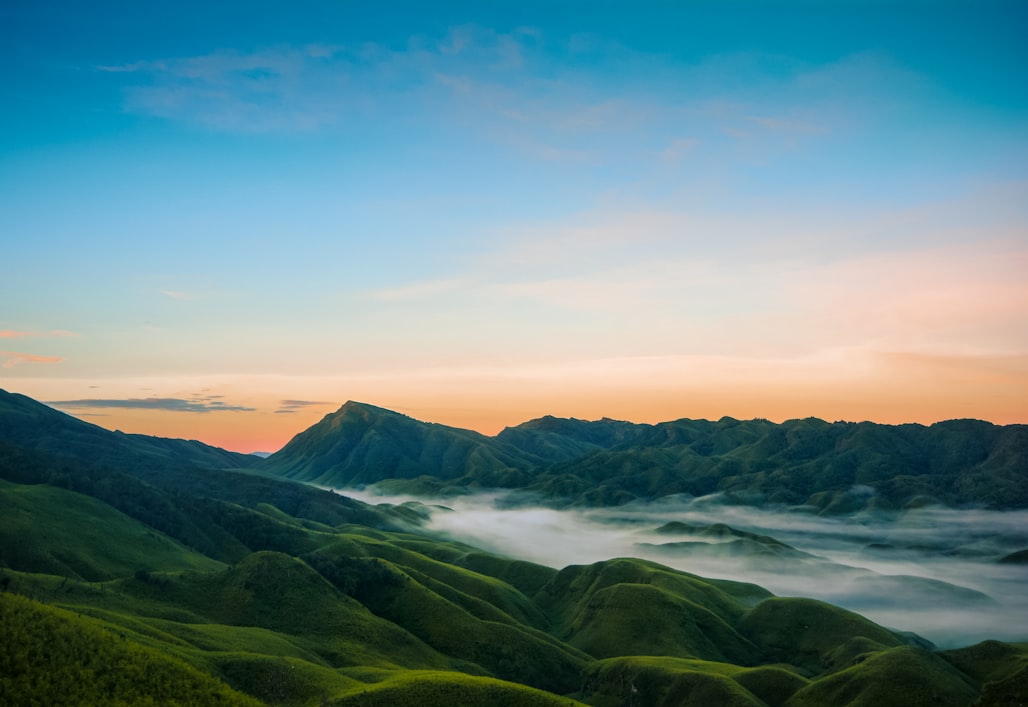
Bordered by Assam, Manipur and Arunachal Pradesh, Nagaland is one of the exquisite Northeast Indian states. Your visit to Nagaland won’t be fulfilled without visiting the beautiful Kohima. Kohima is such a mesmerizing place and also provides the tourists with some breathtaking views. In addition, one can trek to the Dzuko valley and visit Kohima war cemetery.
3. Tawang – Arunachal Pradesh

Here comes the mesmerizing Arunachal Pradesh! It is wild and pristine. Arunachal Pradesh is an interesting mix of snow-capped peaks and emerald green forests which makes it a perfect paradise to visit. Amazing, right? Your visit to Arunachal Pradesh is incomplete without visiting the vintage monastery Taktsang Gompa. It is said to be the oldest monastery in India and showcases the tradition of the Tibetan culture. To have the best experience, it is advised to visit this place between the months of March and October.
4. Imphal – Manipur
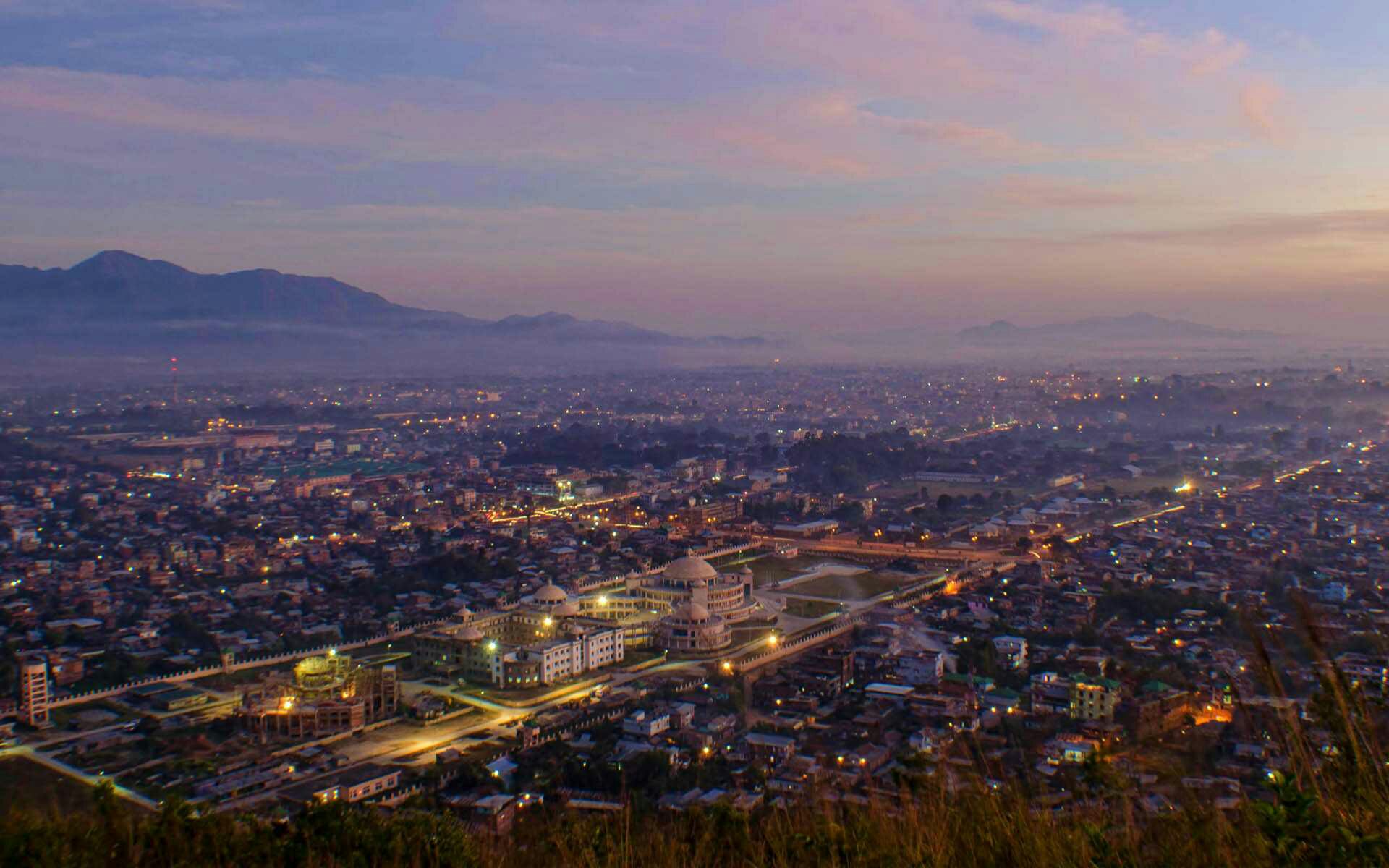
Manipur is commonly known as the ‘Land of Jewels’, is a perfect mix of rolling green hills, dense forests, tranquil lakes and exquisite landscapes. Feels like heaven, right? So, why would you miss this place? Imphal, the capital of Manipur is a must-visit place in Manipur. Imphal is known for its lush green valleys, misty mountains and lakes. Also, it is the top educational hub among all the capitals of Seven Sisters of India. And the best time to visit this place is between September and April.
5. Champhai – Mizoram

Nestled in the mountainous terrain, Mizoram is the land of the Mizos, the native inhabitants. Mizoram is a perfect place for nature and wildlife lovers. Also, you can’t deny the fact of visiting Champhai in Mizoram. This town is such a delight to watch in Mizoram. Also, known for its lush green fields of rice and captures some beautiful views of nature which will make you fall in love with this town. In addition, the best time to visit Champhai is between November and March.
6. Agartala – Tripura

Covering an area over 10,000 square kilometres, Tripura is the third-smallest state among the Seven Sisters of India. This region is all about hilly terrain and tribal villages in an idyllic setting. As the quote says,” Good things come in small packages”, you will find enormous beauty at Tripura. Agartala, the capital of this state is a must-visit for its heritage monuments and temples. Also, the best time to visit this place is between December and March.
7. Shillong – Meghalaya

Meghalaya, popularly known as the ‘Abode of Clouds’, is one of the most beautiful states among the Seven Sisters of India. And yes, you guessed it right. How can you miss visiting the ‘Scotland of East‘? Still unsure? Well, you definitely can’t miss the beautiful Shillong. Shillong is an ideal destination for those seeking peace and relaxation. Also, those lush green hills, Umiam Lake and mouthwatering dishes makes it a perfect tourist destination. Also, the best time to visit Shillong is between April to June.
Wasn’t that a beautiful list of 7 attractions among all the Seven States of India? It is, right? All these places are loved among tourists and provide some breathtaking natural views. Exciting? Well, keep reading to know more about the beautiful Seven Sisters of India.
Culture of Seven Sisters of India
Well, how can you miss this? No, right? Seven Sisters of India are known for their culture and tradition. Let’s have a deep dive into their culture.
1. Dress
I can hear the excitement! Also, most of you would love to know more about the dress culture among the Seven Sisters of India, Right?
- Assam – You can find most of the women wearing a Mekhela Chador which is a hand-loomed dress. Men commonly wear Suria and Seleng which is basically Dhoti and Chadar.
- Nagaland – Interestingly you will find both men and women wearing a plain blue skirt with a white cloth that has black marginal bands of varied breadths.
- Arunachal Pradesh – Petticoat/skirt, full-sleeved embroidered jacket, sleeveless chemise, Mushaiks for women. Sleeveless shirt, green lungi with white, yellow, red yarns for men.
- Manipur – Phanek, Innaphi (shawl), wrap-around skirt for women; Dhoti, Jacket, White Turban for men.
- Mizoram – Handmade blouse which is made of cotton with Puanchei for women; Red and white coloured coat with wrap-around for men.
- Tripura – Khakloo, Risa, Petticoat for women; Rikutu Gamcha, Kubai (shirt) for men.
- Meghalaya – Jainsen and Endi Shawl for women; Dhoti, jacket and turban for men.

2. Official Language
Here comes the most important part of the culture and if you are also planning to visit all the Seven Sisters of India, make sure you have a read to know about the official languages in each state.
- Arunachal Pradesh – English
- Assam – Assamese
- Nagaland – English
- Manipur – Manipuri
- Mizoram – Mizo Tawng
- Tripura – Kokborok
- Meghalaya – Khasi
3. Dance Form

- Assam – Bihu
- Nagaland – Modse, Agurshikukula, Sadal Kekai, Kuki Dance
- Arunachal Pradesh – Chalo, Ponung, Pasi Kongki, Roppi
- Manipur – Jagoi
- Mizoram – Cheraw Dance
- Tripura – Bizu, Hai Hak, Hozagiri, Garia
- Meghalaya – Ka Shad Suk Mynsiem
4. Cuisine
The Seven Sisters of India serves the tourists and the locals with some mouthwatering dishes. You will commonly find a huge amount of rice served with spicy meat, fish and green vegetables all over the seven states. Some of the must-taste non-vegetarian dishes are duck, pigeon, mutton and chicken. And never miss tasting Jadoh, Aakhol Ghor, Momos and Pickled Bamboo Shoots which will give you a never-ending taste to your tastebuds.
Trust me guys, the culture of Northeast India is unique. It showcases a tribal culture that is hard to find in other parts of India. Every tribal group has a unique art, cuisine, dress, folk dance and festival. Pretty interesting, isn’t it? Also, to know the best of their culture, ensure you visit the beautiful Seven Sisters of India.
Geared up to visit the magnificent Seven Sisters of India? I am sure the sisters won’t disappoint you. Completely blessed with dense forests, rocky hills, hidden waterfalls and fabulous climatic conditions, their untouched beauty is beyond words. Also, a visit to these Seven Sisters of India is definitely a lifetime experience. Already excited? Well, pack your bags to visit the Seven Sisters of India. Also, wondering how to visit? All you need to do is to reach Pickyourtrail and we have some cool travel packages. You can customize your own itinerary with the guidance of our Travel Consultants. Sounds cool, huh? Also, we have our Customer Happiness team guiding you 24/7 with our cool mobile application. So, no stress. Also, follow our page for more travel contents and explore the unexplored. Happy Travelling and also waiting to hear your own stories with Pickyourtrail!
If you are looking for a perfect international trip, Pickyourtrail offers you the best International tour packages where you can customize your itinerary.
Explore various international packages
International Holiday Packages from Bengaluru | International Holiday Packages from Chennai | International Holiday Packages from Delhi | International Holiday Packages from Ahmedabad | International Holiday Packages from Mumbai | International Holiday Packages from Hyderabad
Related Itineraries
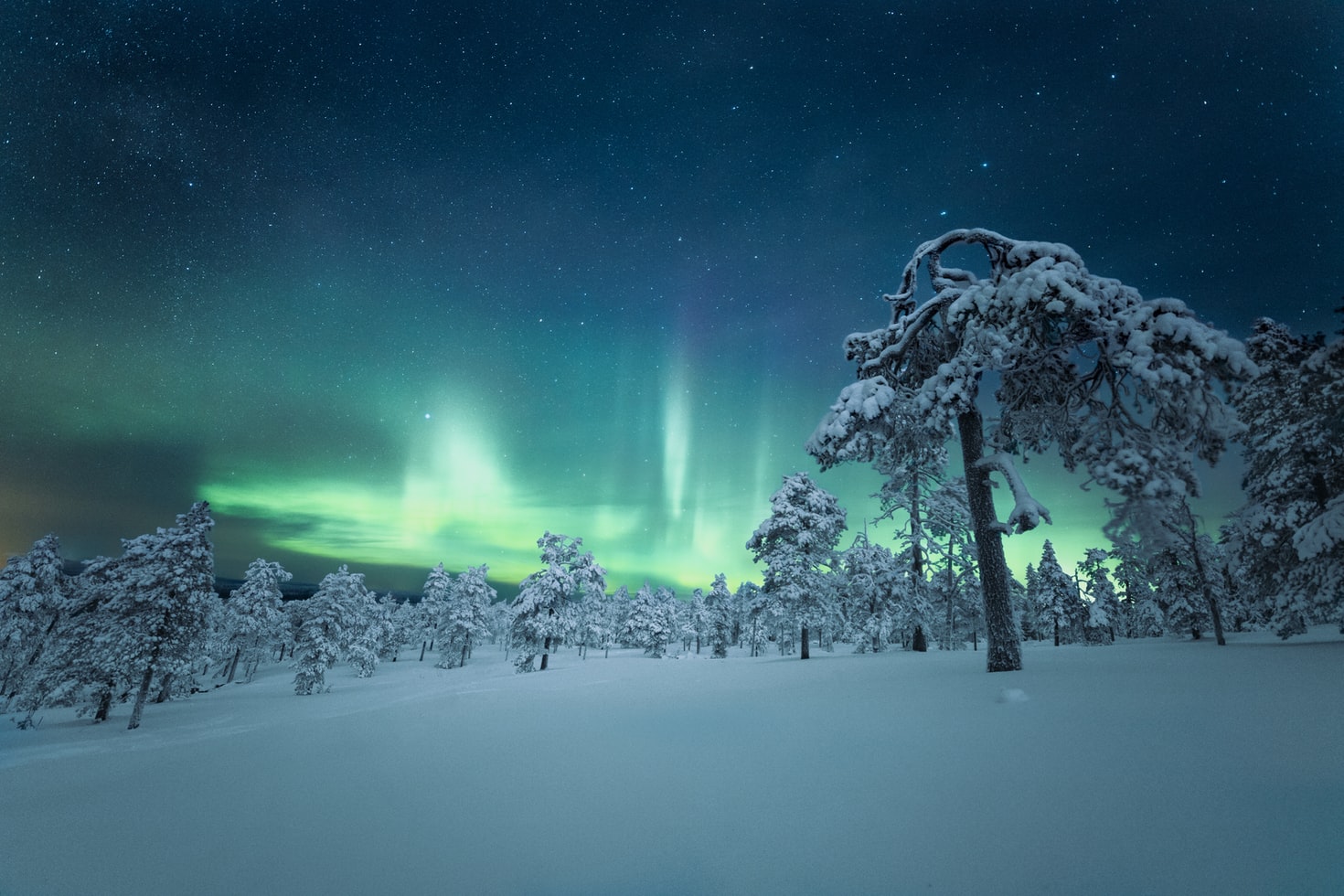
Stunning 6 Nights Northern Lights Packages
- Flights excluded
- 4 star accommodations
- 3 activities
- Transfers excluded
₹ 64,954
Starting price/person
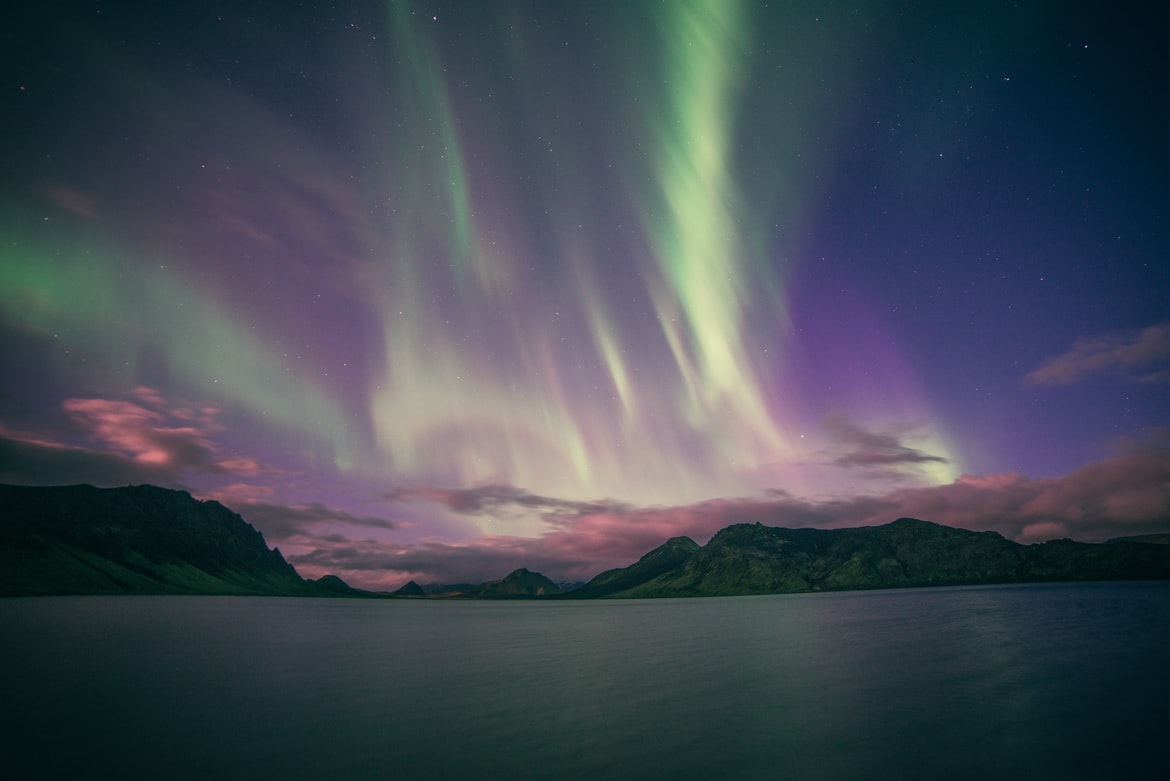
Fantastic 6 Nights Finland Northern Lights Tour Package
- Flights excluded
- 4 star accommodations
- 2 activities
- Shared transfer
₹ 69,369
Starting price/person

Beautiful 10 Nights Italy Honeymoon Package
- Flights included
- 4 star accommodations
- 9 activities
- Private transfer
₹ 1,32,869
Starting price/person
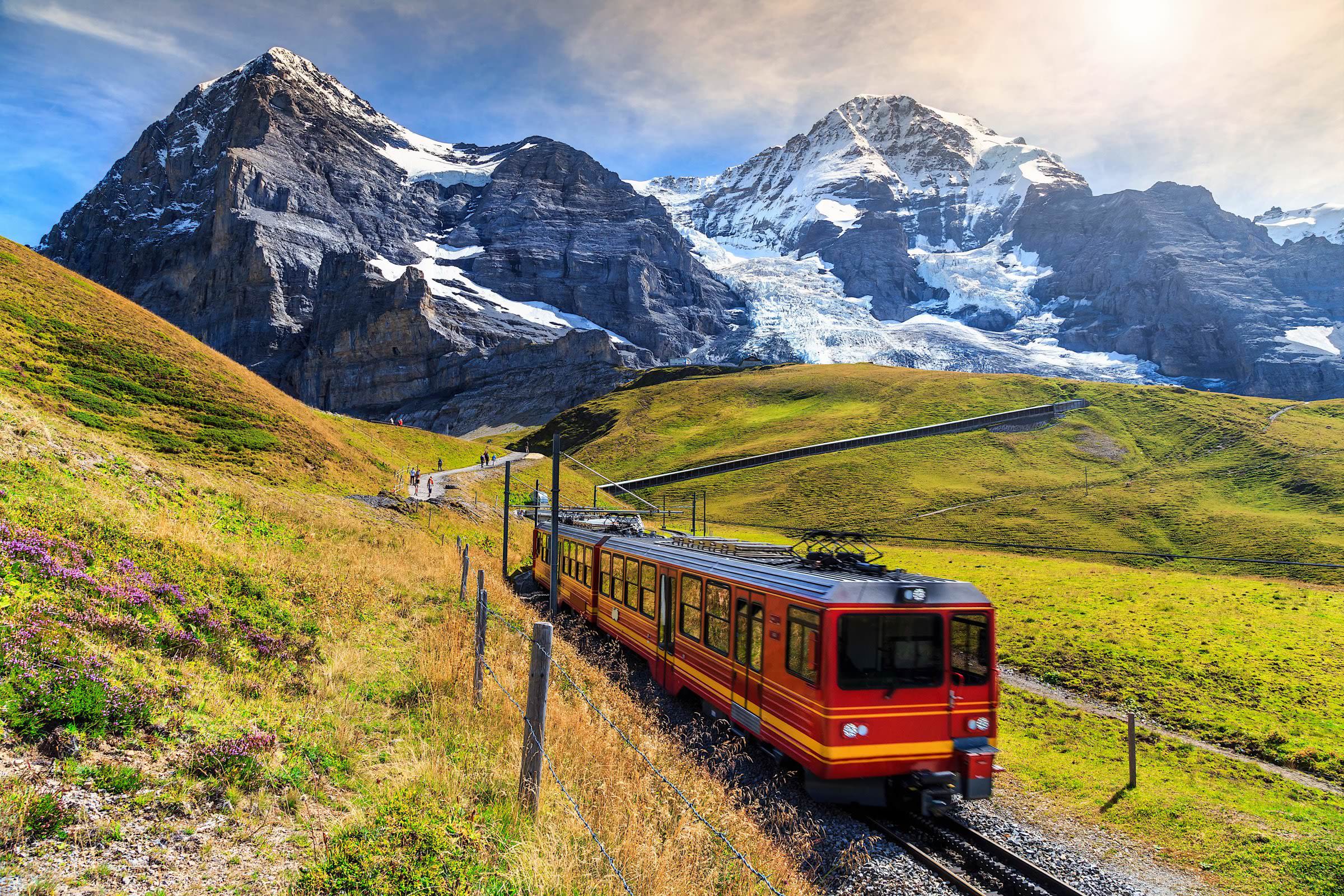
Ideal 6 day Switzerland Tour Packages for Family
- Flights included
- 3 star accommodations
- 3 activities
- Shared transfer
₹ 99,112
Starting price/person
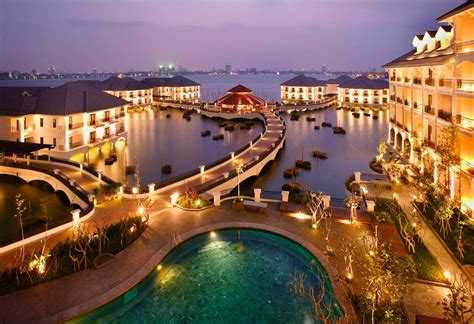
Romantic 8 Nights Bali and Vietnam Honeymoon Packages
- Flights included
- 4 star accommodations
- 6 activities
- Shared transfer
₹ 99,947
Starting price/person

Gorgeous 9 Nights Singapore Bali Honeymoon Packages
- Flights excluded
- 4.5 star accommodations
- 6 activities
- Shared transfer
₹ 90,953
Starting price/person

Magical 9 Nights Germany Vacation Packages
- Flights excluded
- 4.5 star accommodations
- 8 activities
- Private transfer
₹ 79,832
Starting price/person

Scenic 10 Nights Greece & Turkey Vacation Packages
- Flights excluded
- 5 star accommodations
- 6 activities
- Shared transfer
₹ 60,718
Starting price/person

Magical 7 Nights Croatia Tour Packages
- Flights excluded
- 4 star accommodations
- 10 activities
- Shared transfer
₹ 57,778
Starting price/person
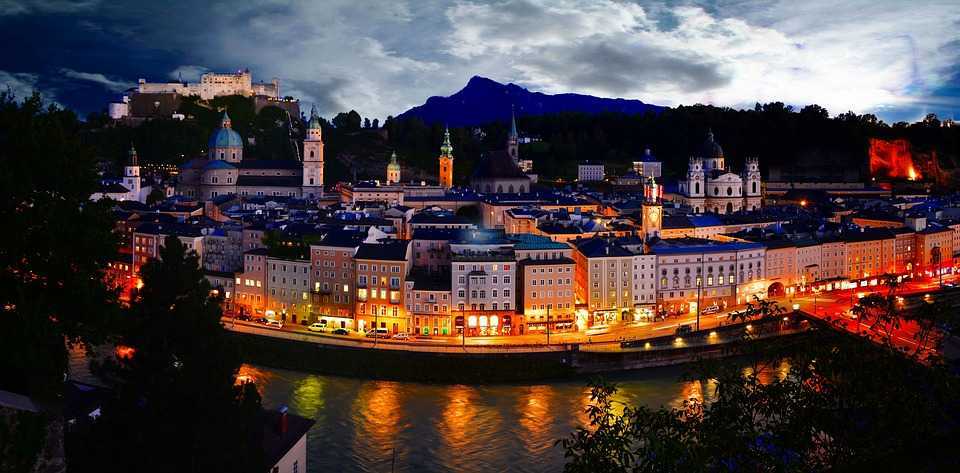
Beautiful 10 Nights Amsterdam Tour Package
- Flights excluded
- 4 star accommodations
- 8 activities
- Private transfer
₹ 1,84,115
Starting price/person



